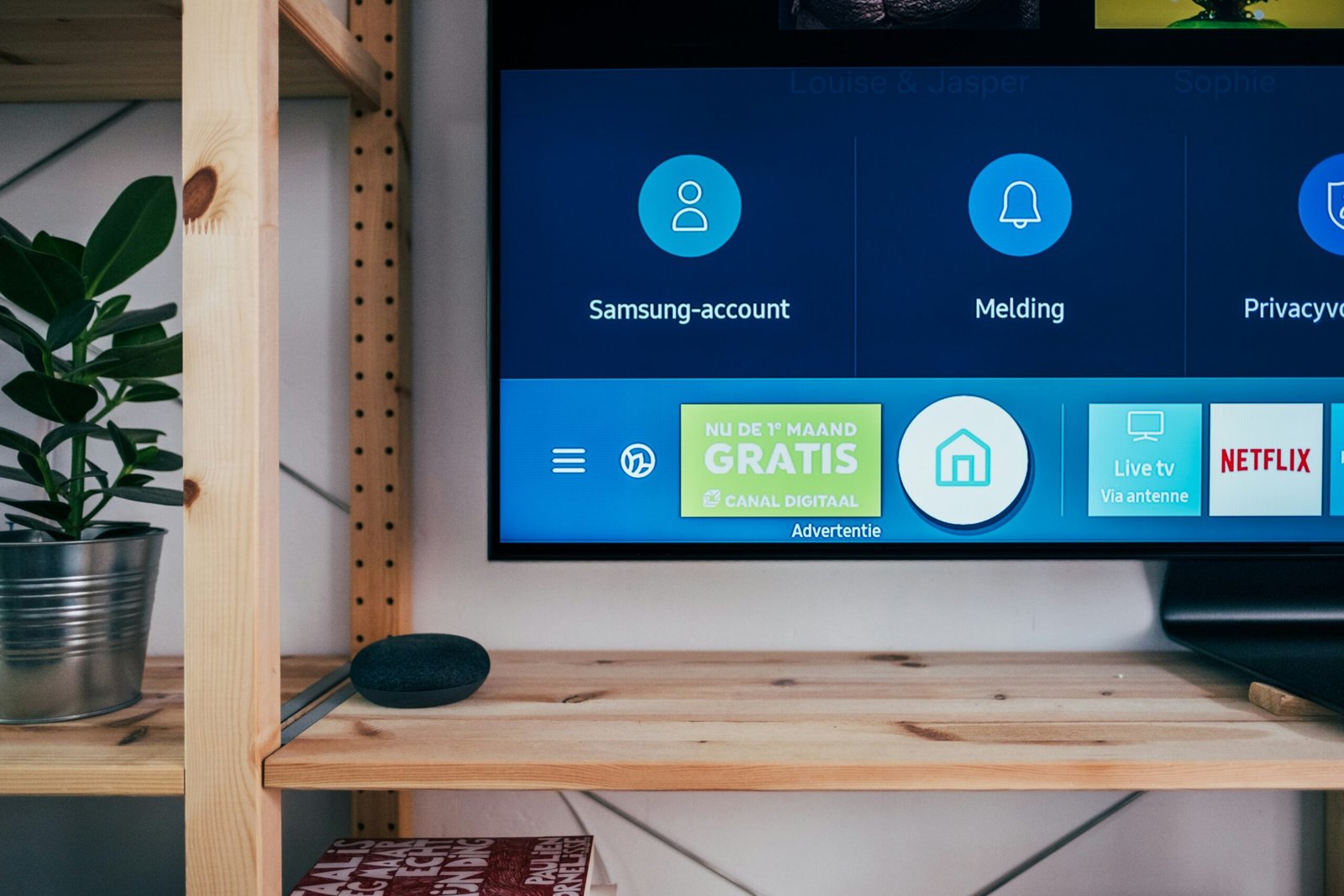Troubleshooting TV LAN Cable Issues: A Comprehensive Guide

Common Causes of TV LAN Cable Issues
When troubleshooting TV LAN cable issues, it is crucial to consider a range of potential causes that could be contributing to the problem. One of the most common hardware-related issues is damaged cables. Over time, LAN cables can suffer from wear and tear, leading to internal wire breakage or external damage that disrupts the signal transmission. A visual inspection can often reveal visible nicks, bends, or cuts in the cable that might be the culprit. Additionally, faulty ports on either the TV or the router can cause connectivity problems. If the port is loose, corroded, or otherwise damaged, it may not establish a stable connection. Poor-quality connectors can also contribute to signal loss or intermittent connections, particularly if they are not properly shielded or securely attached.
On the software side, outdated firmware can lead to compatibility issues and network instability. It is essential to ensure that the TV’s firmware is up-to-date, as manufacturers often release updates that address connectivity problems. Incorrect network settings such as wrong IP configurations, DNS settings, or subnet masks can also cause LAN cable issues. Users should verify that their TV is configured correctly according to their network’s requirements. Compatibility issues between different TV models and network equipment can also arise, leading to connectivity challenges. Ensuring that both the TV and the router are compatible and configured correctly can mitigate such issues.
External factors such as electromagnetic interference (EMI) can significantly impact the performance of a LAN cable. EMI can originate from various household devices like microwaves, cordless phones, and even fluorescent lights. Positioning the LAN cable away from potential sources of interference can help maintain a stable connection. Physical obstructions such as walls, furniture, or other barriers can also impede the signal transmission, particularly if the cable runs through complex pathways. Ensuring a clear, unobstructed path for the LAN cable can improve performance.
By understanding these common causes, readers can better diagnose and address their specific TV LAN cable issues, ensuring a more reliable and stable network connection.
Step-by-Step Solutions to Fix TV LAN Cable Problems
Encountering issues with your TV LAN cable can be frustrating, but a systematic approach can often resolve these problems efficiently. Begin with preliminary checks to rule out simple issues. Ensure the LAN cable is securely connected to both the TV and the router. An improperly seated cable can cause intermittent connectivity or no connection at all. Next, inspect the cable for visible damage such as cuts, kinks, or fraying, which could impair its functionality.
If the preliminary checks don’t resolve the issue, proceed with more advanced troubleshooting methods. Test the LAN cable with another device, such as a laptop or desktop computer, to determine if the cable itself is faulty. Should the cable work with another device, the issue may lie with the TV or its settings. Conversely, if the cable fails with another device, consider replacing it with a high-quality Ethernet cable.
Another effective step is to reset the network settings on your TV. Access the TV’s settings menu, navigate to the network settings, and select the option to reset or restart the network connection. This can often clear any temporary glitches that may be causing connectivity issues.
Updating the TV’s firmware can also resolve LAN cable problems. Firmware updates may include fixes for network-related bugs. Check the manufacturer’s website for the latest firmware version and follow the instructions to update your TV. Often, this can be done directly through the TV’s settings menu if it has internet access.
Utilizing network diagnostic tools can provide further insights. Many TVs come with built-in diagnostic tools that can help identify issues with the network connection. Running these diagnostics can pinpoint specific problems, such as IP conflicts or DNS errors, which can then be addressed accordingly.
To optimize network performance and minimize future issues, consider the layout and quality of your network setup. Use high-quality, shielded LAN cables to reduce interference. Minimize the distance between the TV and the router, and avoid running the cable near other electronic devices that could cause interference. By following these steps, you can effectively troubleshoot and resolve most TV LAN cable issues, ensuring a stable and reliable connection for your viewing experience.



